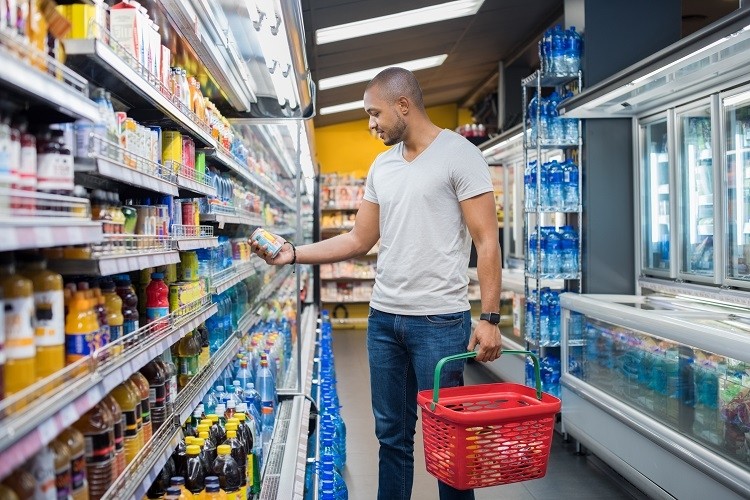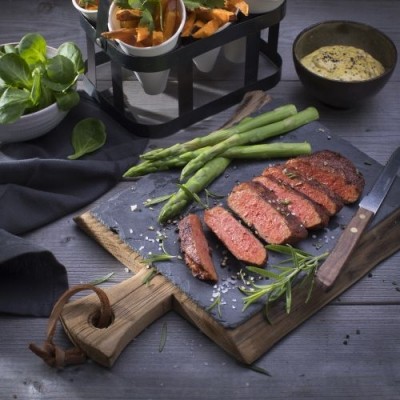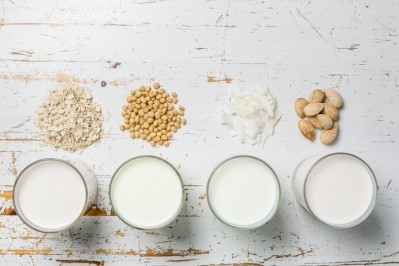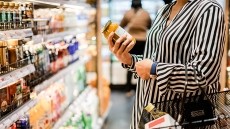Clean label 2.0: Tapping into the trends of tomorrow

Today’s consumers unquestioningly expect the processed foods they buy to be safe and with a long shelf life, agreed the panel of speakers from top suppliers Ingredion, Ulrick & Short, Thew Arnott and Doehler, and regulatory specialist Ashbury Labelling.
Manufacturers wanting to go ‘the extra mile’ will therefore need to use functional ingredients that also improve the nutritional profile of the product.
“This could be by using fibre or protein in the ingredient so that manufacturers can make a claim,” said Danni Schroeter, R&D manager at Ulrick & Short.
As demand for foods such as plant-based meat and dairy-free cheese increases, consumers will become more accepting of slightly different textures and tastes.
Schroeter spoke of her experience developing a gluten-free, vegan brownie. The result was recognisably a brownie, she said, but not identical to one made with dairy fat and wheat.
“The more you take out of products to make them clean label while adding in extra nutritional benefits, the more you create new eating experiences where people will have to compromise.”
Communicating the change
People who are used to buying ‘sausages’ made from soy or ‘milk’ from pressed almonds may be forgiving of new tastes and textures.
But according to Pete Martin, regulatory affairs director at Ashbury Labelling, problems may arise with consumers’ product expectations – particularly for those who do not systematically read labels.
“A lot of consumers are so dissociated with their food these days, they don’t know what they’re looking at or getting. How do you make sure that the end-user actually knows what’s going on?
“An issue could arise when Mrs Jones, who has been using a product for 30 years, finds that now once she opens it, it only lasts a few weeks while previously, it would last six weeks.
Manufacturers could find themselves in the paradoxical situation of replacing a shorter, cleaner ingredients list with lengthy, on-pack explanations.
Fostering a fear of food?
By covering their food products in claims such as ‘free from preservatives' or 'free from additives’, could manufacturers actually be contributing to a fear of processed food, and the ingredients needed to make them safe?
“You do run a risk in consumers getting scared of what the product is, particularly with scientific names,” said Verity Clifton, applications technologist at Thew Arnott. “For instance, you could have acetic acid as a natural preservative in there – acetic acid is vinegar – and even if you say on-pack ‘free from artificial preservatives’, people will still be wary of the scientific name, thinking it must be artificial.”
According to Virginia Clifford, regional technical service manager at Ingredion UK, consumers ‘connectedness’ would help manufacturers be more transparent about which ingredients they use and why.
“People are becoming a little overwhelmed with the amount of information on products that is there to tell them story. We believe that people will use mobile technology a lot more, driving that information off-label and simplifying labels.
“Having that information through mobile technology will enable people to be more connected to their food and how it’s manufactured.
“That means we need to increase our clean label agendas so that people can learn for themselves a lot more. They will have to trust us
a bit more and we will have to deliver the information so they can trust us.”
Clean, clear and completely unsustainable?
General manager at Doehler UK Chris Melton pointed out some of the ‘unseen’ costs and complexities that go beyond the taste and functionality of the ingredient.
Consumers see clean label food products as more natural and therefore, through association, more sustainable. In fact, however, the supply chain set-up that is required for clean label products, such as raw juices, can be a lot less energy efficient, he said.
“The trend for shorter and simpler ingredient lists often does require a more complex supply chain,” he said.
“Can you really say a product is clean label if it’s in single-use plastic packaging or in a Tetra Pak where there are no means of effectively recycling it? We need to come at this from a much broader, sustainability perspective.
“When I look at the challenges on my horizon in the next two to three years, it’s not something like Brexit, it’s the sustainability of my product line […]. Certainly, where we can be clean label, we should be. But I do wonder if, globally, clean label can be sustainable or are we talking about something that is very region-specific.”
Clean label for the 1%?
Melton said another challenge for manufacturers and suppliers was creating clean label products at a price point “that serves all consumers”, something that was still not technically feasible.
“Yes, we can create a very clean product such as raw juice but if it’s sold at £5 or £6 for a 180 ml serving, I would question whether it is bringing the nutritional benefits to all shoppers.
“My view is that a lot of clean label products are still very niche and I would like to expand them so that more mainstream consumers can partake in them.”
Clifton agreed but said the price of ‘clean’ ingredients was falling. “If the ingredients are more expensive, your product will be more expensive. There is just no way around that but with new technologies coming in that expense is coming down.”



























